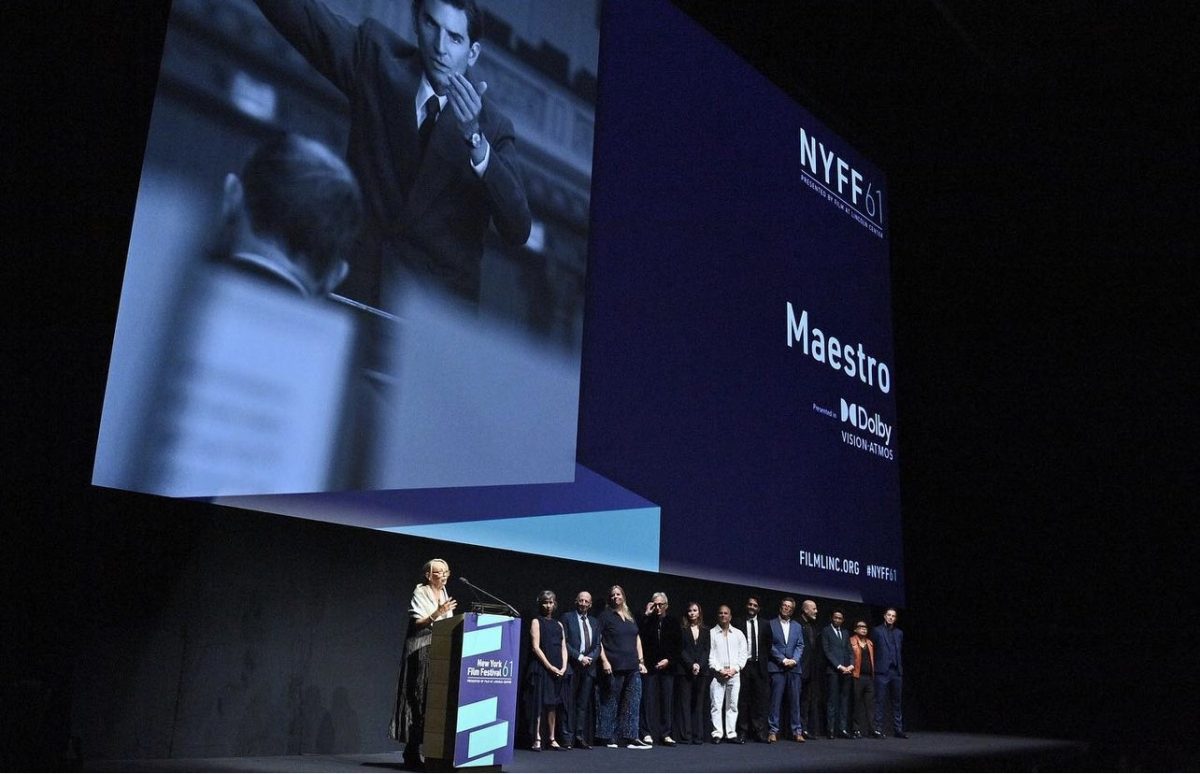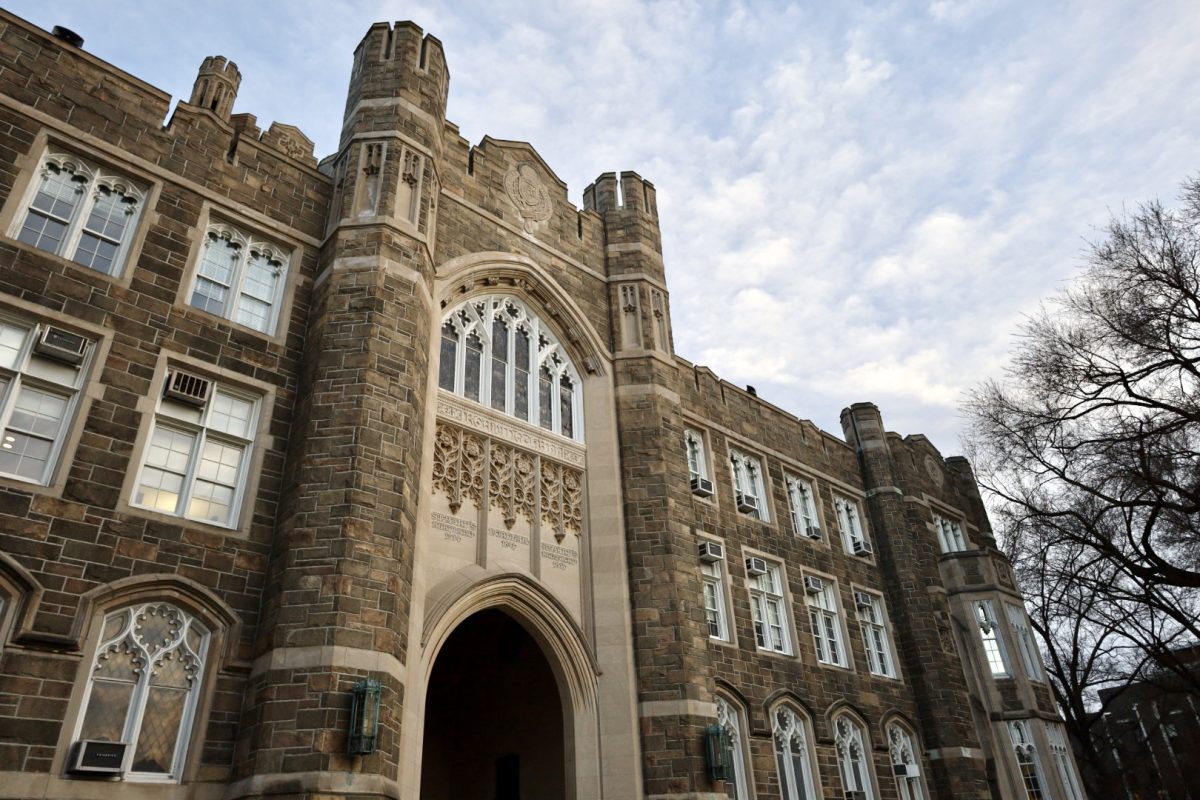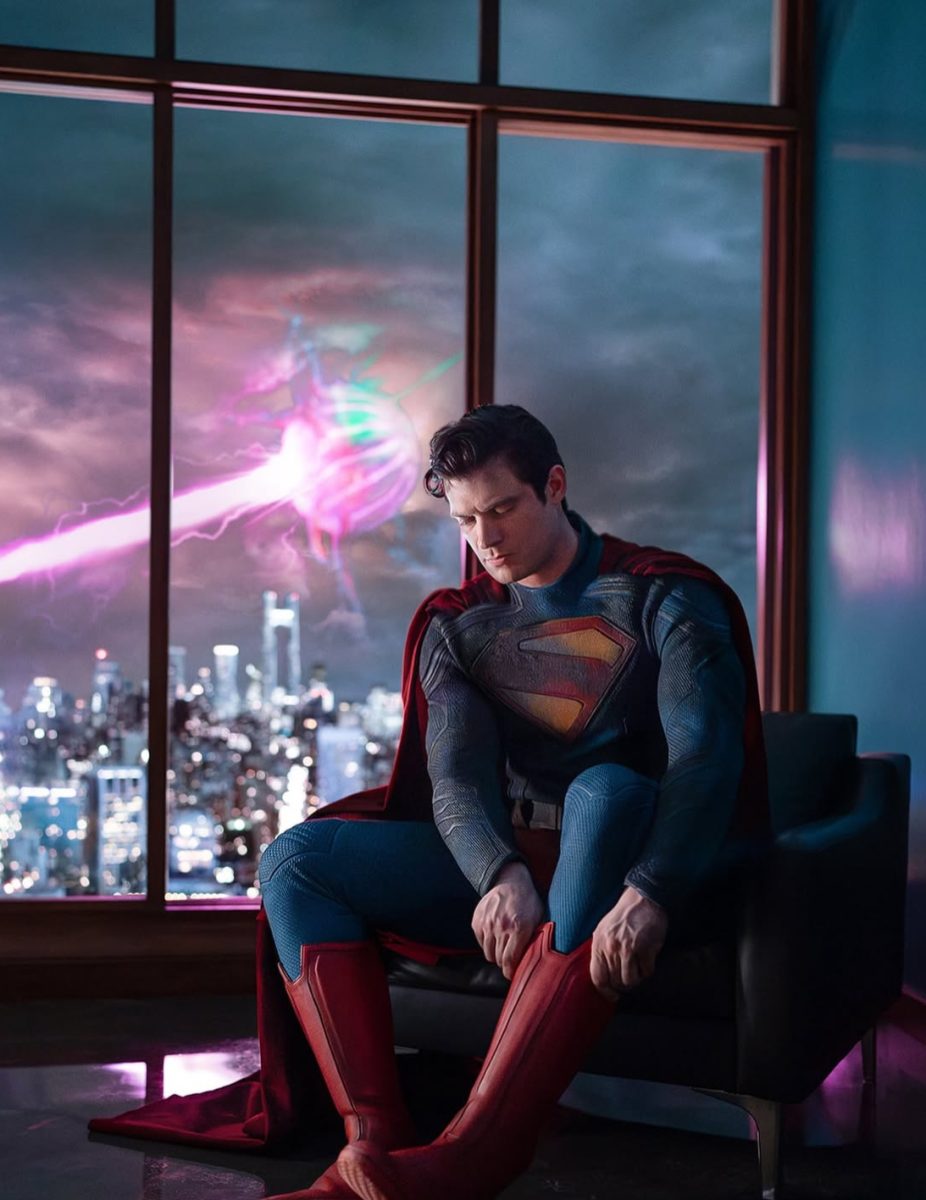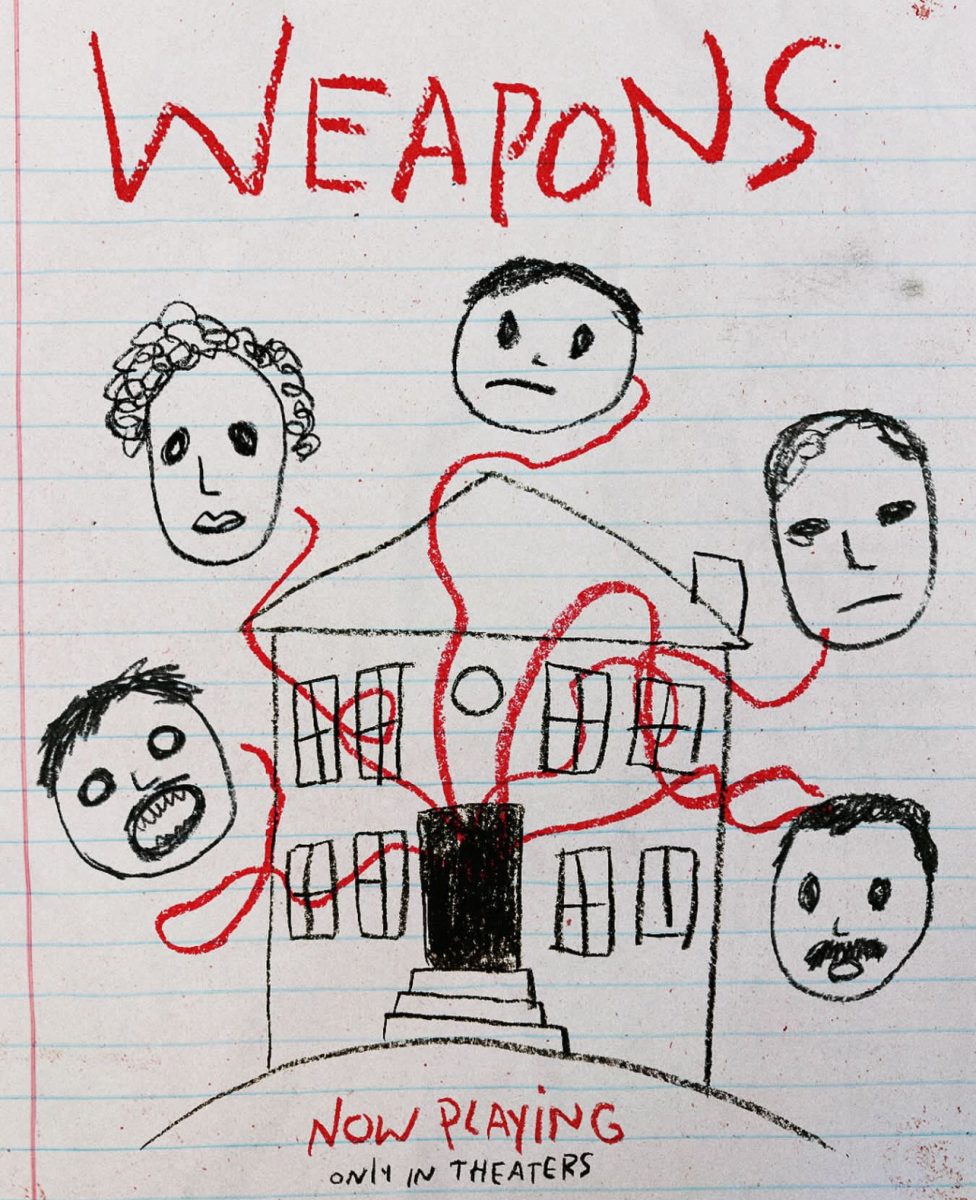In a year of ongoing strikes and increasing uncertainties facing the film industry, the 61st annual New York Film Festival (NYFF), which took place from Sept. 29 through Oct. 15, demonstrated that cinema continues to adapt and thrive despite an ever-changing industry. In the absence of A-list red carpets and celebrity photo-ops, the films themselves could truly take center stage.
As one of the last major festivals of the year, the NYFF hosts few global premieres and instead showcases some of the biggest standouts from earlier festivals. Because of this, the NYFF has cemented its status due to its impressive breadth of programming. This year’s festival featured nearly 100 films across its main slate, spotlight, revivals, currents and shorts sections.
The festival, produced by Film at Lincoln Center, took place just steps away from Fordham’s Lincoln Center campus. Satellite screenings were available across all five boroughs at locations like the Bronx Museum of the Arts, Brooklyn Academy of Music, Alamo Drafthouse Cinema in Staten Island, Museum of the Moving Image in Queens and the Maysles Documentary Center in Central Harlem.
While premiere screenings give cinephiles early access to some of the most anticipated films of the year, revivals such as Jean Renoir’s “Woman on the Beach” and Les Blank’s seminal documentary “Burden of Dreams” keep the past alive by allowing audiences to view classics seldom screened in theaters. In addition to these screenings, the festival offered many free talks with filmmakers and creatives, such as poet and activist Nikki Giovanni, writer and philosopher Paul B. Preciado and renowned editor Sandra Adair.
The festival opened with the exciting North American premiere of Todd Haynes’s latest film, “May December.” The film stars Julianne Moore as Gracie and Charles Melton as Joe, her much younger husband whose relationship was once sensational tabloid fodder and is now being closely studied by actress Elizabeth (Natalie Portman) as she prepares to play Gracie in a film adaptation of their lives.
Other headlining films included “Maestro,” Bradley Cooper’s biopic of Leonard Bernstein. Appropriately, “Maestro” is the first film to premiere at Lincoln Center’s newly renovated David Geffen Hall, which had been refitted with custom Dolby surround sound for optimal acoustics during the film, allowing audiences to fully appreciate the life and work of Bernstein in the location where he once worked.
Sofia Coppola’s highly anticipated “Priscilla” served as the festival’s centerpiece. Through the film, Coppola once again demonstrates her skills as an aesthetic auteur and master of creating intimate stories centering around the loneliness of girlhood within the trappings of gilded cages.
The festival came to a close with a screening of Michael Mann’s new film, “Ferrari,” which stars Adam Driver as Enzo Ferrari in a thrilling yet elegant portrayal of the Italian car magnate’s personal and professional proceedings.
The family drama is also explored in astonishing depth in Justine Triet’s “Anatomy of a Fall,” which won the Palme d’Or at this year’s Cannes Film Festival and is now in regular screenings at Film at Lincoln Center. The film opens with protagonist, Sandra (Sandra Küller), a famous author who has made a career of telling stories inspired by her real life, conducting an interview in her family’s isolated home in the French Alps while upstairs, her husband, Samuel (Samuel Theis), blasts a cover of 50 Cent’s P.I.M.P. Later that day, while returning from a walk, their blind young son Daniel (Milo Machado-Graner) discovers Samuel’s body sprawled in the snow, having fallen from a high window. The rest of the film follows Sandra’s trial as she is accused of being responsible for her husband’s death. However, “Anatomy” refuses to reduce itself to a simple procedural drama or murder mystery. Triet knows that the story’s truth is far more complex than a simple whodunnit. The film revels in its ambiguity, which, combined with Hüller’s absolutely phenomenal, lived-in performance, grounds Sandra and Samuel’s relationship in realism and leaves the audience with more questions than answers. How do we ever really know and trust our partners? Ourselves? When our feelings are all we have, are they enough to be the truth? In the autopsy of a relationship, is there ever a single cause of death?
Yorgos Lanthimos’s latest picture, “Poor Things,” based on Alasdair Gray’s 1992 novel, also made its U.S. debut at the festival. The film stars Emma Stone as a Frankenstein-esque, childlike woman who begins to reclaim her mind and body as she explores the world and her sexuality and learns the truth of her mysterious existence. Another Lanthimos and Stone collaboration, “Bleat,” which was also featured at this year’s festival, is a black-and-white silent short accompanied by a live orchestra exploring similar themes of female liberation and reclamation.
Japanese anime icon Hayao Miyazaki’s gorgeous film, “The Boy and the Heron,” was featured in this year’s lineup. The film takes place in post-WWII Japan and tells the story of teenage boy Mahito, who, still grieving his mother’s death, moves to the countryside with his new stepmother. There, he befriends a gray heron who leads him on a quest in an alternate reality where he must save his stepmother and himself. Mayazaki’s latest film is definitely one of his best and is destined to become another classic.
The festival also featured a few remarkable debuts. Sean Price Williams, who has most notably worked as the Safdie brothers’ longtime director of photography, made his first directorial effort with the raucously hilarious “The Sweet East.” In the film, Talia Ryder plays a high school senior who, while on a school trip to Washington, D.C., separates from her classmates and begins to embark on a Great American Road Trip (of sorts), weaving through several subcultures that make up the gritty underbellies of modern life in America.
Another phenomenal directorial debut is Raven Jackson’s “All Dirt Roads Taste of Salt.” Like Williams’ “Sweet East,” Jackson traces a young woman’s personal journey, albeit in a much different tone. “All Dirt Roads” delicately follows the life of a young Black woman as she grows up in rural Mississippi. With little dialogue, Jackson creates an impressionistic film that lingers on the details of sounds and imagery to convey its story. “All Dirt Roads Taste of Salt” opens for regular screenings Nov. 3 at Film at Lincoln Center.
Though staggeringly diverse, the films of NYFF were united in their quests towards the eternal questions of what it means to make art from life and how cinema can connect us with the past, understand the present and imagine the future.









































































































































































































